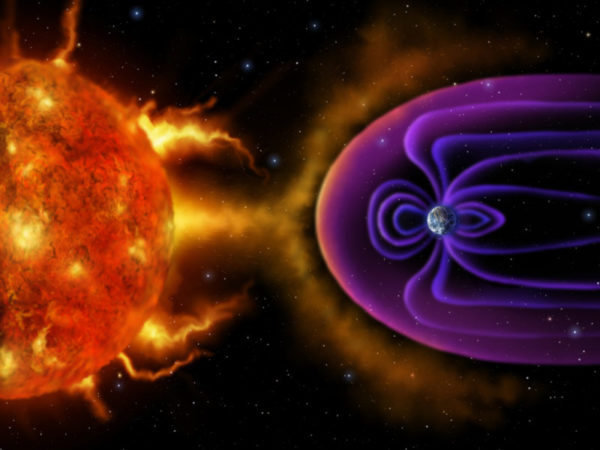
A coronal mass ejection (CME) is a vast cloud of electrically charged particles from the sun’s upper atmosphere or corona that’s heated to enormous temperatures and launched with a huge burst of speed by the energy released in a solar flare. These hot blobs of plasma can have spectacular effects on planets that lie in their path, and while CMEs don’t present a direct threat to life on Earth, they can potentially damage the technologies on which human society relies.
“CMEs can cause geomagnetic storms upon their arrival in the near-Earth environment,” Stephanie Yardley, a space weather expert at University College London, U.K. told Live Science. “These produce ground-induced currents that degrade power grids, and they can also affect the accuracy of GPS and GNSS satellite navigation systems.”
What causes CMEs?
CMEs originate from the same process that creates solar flares — they form when a huge loop of the sun’s magnetic field, pushing out through the visible surface or photosphere, becomes pinched together near its base and suddenly reconnects at a lower level.
“Writer Fuel” is a series of cool real-world stories that might inspire your little writer heart. Check out our Writer Fuel page on the LimFic blog for more inspiration.

